September Reflection
by Thomas Sage Pederson
There are a lot of themes that come up in The Black Story Project around the black experience here in Santa Cruz, California. Themes such as Isolation, exotification, blatant racism and general sense of “otherness”.
As someone who was raised in white dominated space I resonate with these themes. A sense that you don’t belong or that you have to change your own behavior or appearance to fit into the world around you. Little did I know that Santa Cruz was not always that way.
When Interviewing Bruce Gardner, a local who has lived here for more than 50 years, I was presented with a Santa Cruz that was much different then the Santa Cruz I know now.
A Santa Cruz with a thriving black community and a sort of quirky transit hippie feel to it. A solid community full of culture and rituals that made their community stronger.
Bruce paints a picture of a Santa Cruz full of interesting characters such as travellers who were always willing to share interesting stories of their travels, quirky shops that filled downtown Santa Cruz and most importantly a solid black community.
When I say community I mean neighbors taking turns babysitting, neighbors cooking for other neighbors, Teenagers running around town hanging out in public spaces etc. Community is really made up of small consistent actions that help your fellow people which builds a foundation of connection and support for the people in your life. This is the community Bruce talks about when reflecting on his youth here in Santa Cruz. Hearing Bruce’s account of the Santa Cruz of his youth I couldn’t help to think.
“How can we bring diversity back to Santa Cruz similarly to what was done in the past? Is it even possible?”.
According to Bruce black folks and other quirky folks started to slowly leave after the .com boom of the 90s. He explained that prices around Santa Cruz started to rise and people decided it would just be easier to live somewhere else, thus selling their property and moving out of town and sometimes out of state.
Bruce shares a downward spiral of slowly seeing these small unique houses which were filled with friends of his youth slowly become these “Monster Houses” sometimes being up to three stories. His community started to leave house by house creating the Santa Cruz I know.
Diversity was sacrificed in the name of economic growth. If we want to see more black folks here in Santa Cruz we need to make this place more accessible for all economic classes. Black people statistically and historically have been prevented from accumulating generational wealth, thus not being able to live in places like Santa Cruz which requires a lot of financial income and support to just to live here,not to mention raise a family here.
This story makes sense when looking at the stark reality that the society we live in is created on the foundation of capitalism which to thrive needs to have a class system. There needs to be people willing to work for cheap wages or even no wages at all for other individuals to thrive. This breeds an environment of taking advantage of others to grow your own individual financial power, and more importantly social class.
Our financial system may seem unrelated to the black experience on the outside, but when you dive deep into issues around why Santa Cruz County does not have a thriving black community as it once did, it is hard to ignore the financial aspect of the situation.
Hearing Bruce’s stories around growing up in Santa Cruz really helped me understand the importance of building community and support in our local ecosystem. To really build diversity here for black folks we need to adopt a “If you build it and they will come” type of mentality. That is to say we as black people living in Santa Cruz need to build community with each other. We need to support one another in small and big ways to help foster a cultural shift in this community.
We have a unique opportunity to build the foundation of a thriving black community here in Santa Cruz County, rooted in the idea that black is not a monolith, and that mental and physical health of our black family should be prioritized.
As for our white allies, join the fight in bringing in a cultural shift in our communities by using your privilege and power to support the building of a thriving and diverse ecosystem here in Santa Cruz County.
Thank you all so much for reading this reflection on The Black Story Project- Santa Cruz. These are just my opinions and reflections of my experience while conducting these discussions. I would love to hear from you! My email speakforchangepodcast@gmail.
Thank you,
Thomas Sage Pedersen


